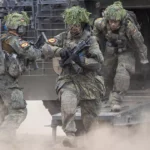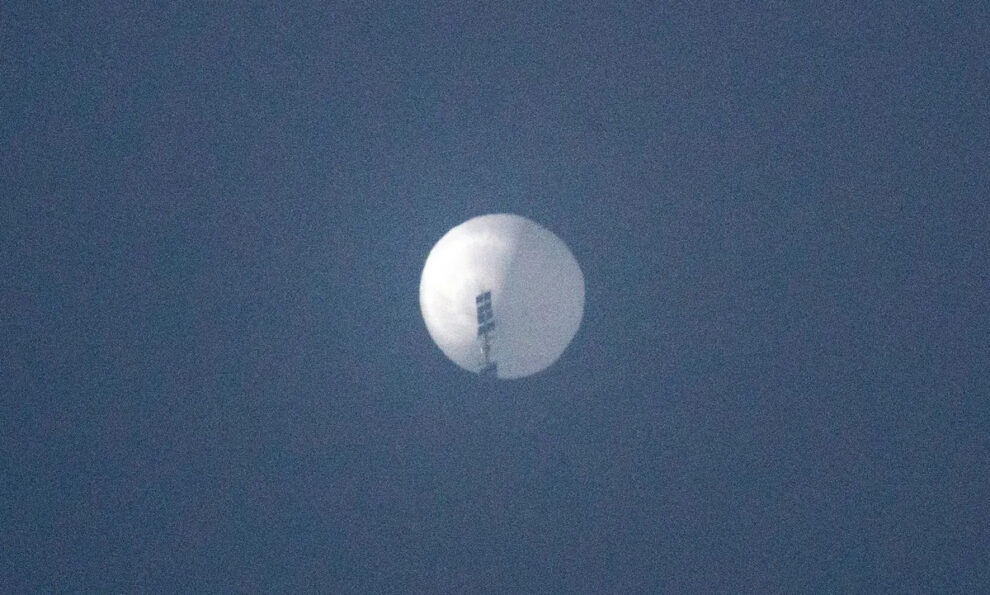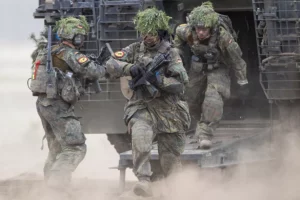Taiwan’s Defense Ministry says it spotted a Chinese surveillance balloon in the Taiwan Strait along with a large-scale movement of military aircraft and ships.
The ministry said the balloon passed southwest of the northern port city of Keelung on Thursday night, then continued east before disappearing, possibly into the Pacific Ocean.
There seemed to be some uncertainty about whether the balloon was operated by the People’s Liberation Army, the military branch of China’s ruling Communist Party. The ministry referred to it both as a ”PLA surveillance balloon” and as “PRC’s balloon,” using the acronym for the People’s Republic of China, China’s official name.
A Defense Ministry spokesperson said they had no additional information.
The incident came just over a month before Taiwan is to hold elections for president and the legislature and raises questions about possible Chinese efforts to influence the vote.
China’s Defense Ministry offered no comment, and Foreign Ministry spokesperson Wang Wenbin said, “I’m not aware of the situation, and it is not a diplomatic question.”
China has long blurred the lines between military and civilian functions, including in the South China Sea, where it operates a huge maritime militia — ostensibly civilian fishing boats that act under government orders to assert Beijing’s territorial claims.
Taiwan has threatened to shoot down such balloons, but the ministry did not say what, if any, action was taken. It said the balloon was flying at an altitude of approximately 6,400 meters (21,000 feet).
It also said 26 Chinese military aircraft and 10 navy ships were detected in the 24 hours before 6 a.m. Friday. Fifteen of the aircraft crossed the median line that is an unofficial divider between the sides, but which Beijing refuses to recognize, it said. Some also entered Taiwan’s self-declared air defense identification zone outside the island’s airspace, which encompasses the 160-kilometer (100-mile) -wide Taiwan Strait.
Taiwan’s military monitored the situation with combat aircraft, navy vessels and land-based missile systems, the ministry said.
Such incursions occur regularly as a means of advertising China’s threat to use force to annex the self-governing island republic it considers its own territory, wear down Taiwan’s military capabilities, and impact morale among the armed forces and the public, who remain largely ambivalent to China’s actions.
The Chinese missions have also prompted Taiwan to increase its purchases of aircraft from the United States, its chief ally, and strengthen its own defense industry, including producing submarines.
Beijing strongly protests all official contacts between the U.S. and Taiwan, but Taipei’s aggressive diplomacy has helped build strong bipartisan support for it on Capitol Hill.
U.S. President Joe Biden vowed sharper rules to track, monitor and potentially shoot down unknown aerial objects after a three-week high-stakes drama sparked by the discovery of a suspected Chinese spy balloon transiting much of the United States early in the year.
The U.S. labeled the balloon a military craft and shot it down with a missile. It recovered what it said was sophisticated surveillance equipment. China responded angrily, saying it was only a weather balloon that had blown off course and called its downing a major overreaction.
















